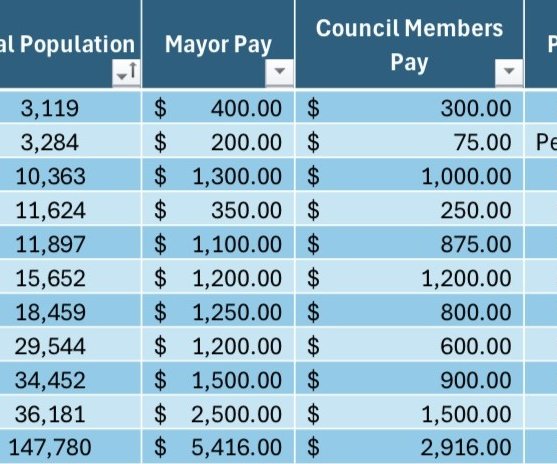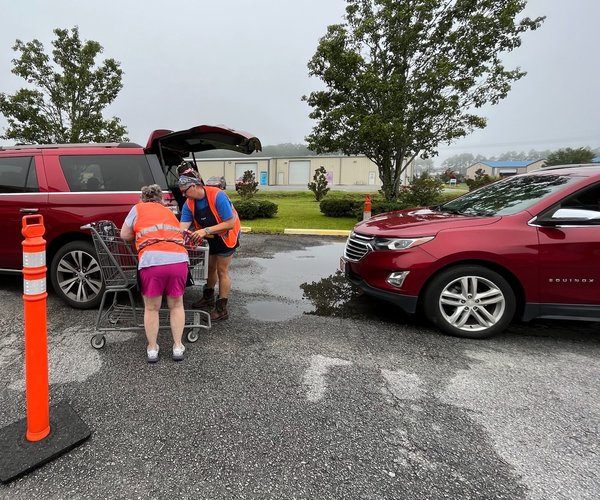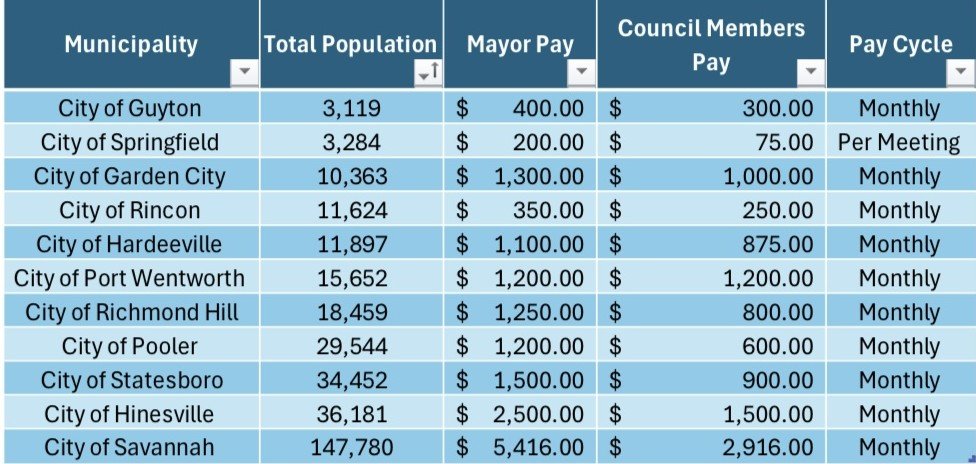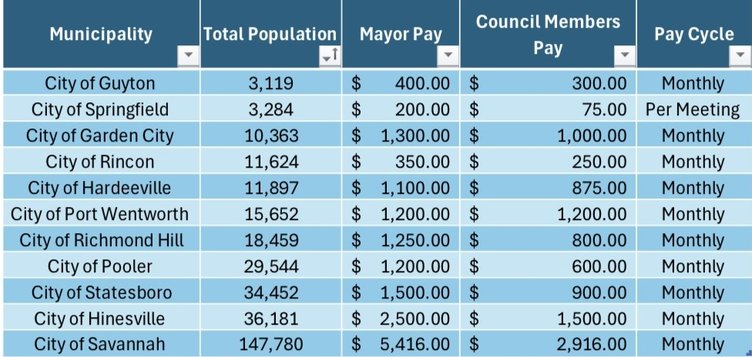Springfield citizens got an explanation of an ordinance to create a historic preservation commission at a public meeting in Springfield last Tuesday.
Ramona Bartos, the city attorney for Guyton who drew up the ordinance, said the measure is the first step in setting up historic preservation in Springfield.
“This is one of the first steps to get this historic preservation commission started,” Councilman Ron Boatright said. “We’ve got an ordinance that she’s prepared for us.”
Preservation asks “what is it that we value from the past, and what meaning do we want to attach to it now,” Bartos said. “That sounds like some type of philosophical question that lawyers shouldn’t be asking, but that’s the kind of idea that needs to be brought forth through our ordinance.”
In 1980, the state gave local governments the power to establish historic preservation commissions and set out what the state requires in ordinances that create those commissions.
Bartos described a regulated historic district as regulations on the look of a structure, and zoning as to what the structure can be used for.
“This ordinance is not a designation ordinance, it is an establishment ordinance,” she said. “It establishes a review board.”
The state requires a minimum of three people and maximum of seven on an historic preservation commission.
Bartos has recommended the city have five members. Members must be residents of Springfield. People such as business owners who do not live in Springfield but have an interest in historic preservation can serve as non-voting members.
Once it’s established, the first order of business for an historic preservation committee is to decide what is historic and what would the community value in having some kind of protection, according to Bartos.
“That will involve making an inventory of all the different structures, all the different sites in the city of Springfield that are historic,” she said.
Commission members will then recommend to the city council the areas they believe should be listed as historic and any individual properties that should be protected.
“It’s going to be up to city council to decide what will be designated,” Bartos said. “They may start with a particular section or small sections and add on over time.”
The commission also could seek grants to foster preservation and protection of historic places and areas.
“A lot of people will be concerned, ‘is this happening without me knowing anything,’” Bartos said. “We don’t have to have a public hearing at this stage, but as I explained to Mr. Boatright and the other members of the city council, I think it’s important to let the public know at each stage what the city council has in mind.”
Notices would also be sent to all property owners and residents. The council would then decide to accept all the recommendations of the commission or part of the recommendation.
“This is not going to be an overnight process,” Bartos said.
In areas designated as historic property, owners would be required to meet with the review board if they wished to relocate or demolish the property, if they wanted to make a material change to the structure or demolition by neglect.
“(Material change of appearance) does not mean paint color,” Bartos said. “This is more so taking the facade off of an historic district and replacing it with something that does not fit.”
It would also include making an addition to the structure.
“If you fail to do what you’re supposed to do as a property owner and go before the review board and gain a certificate of appropriateness,” Bartos said. “(A certificate of appropriateness) is something that you would have to have before a building permit could be issued.”
Bartos said if someone moved forward with a project, they most likely would not have a building permit and would “end up … creating a whole world of trouble for themselves” where the city would be able to issue stop work orders and inflict fines for not following the proper procedures and not having a building permit.
She said historic preservation will attract business and increase property values. It’s been an asset to those areas where she has seen local governments proceed with designating historic districts.
“Historic preservation is not the boogey man that everybody thinks it is,” Bartos said.








